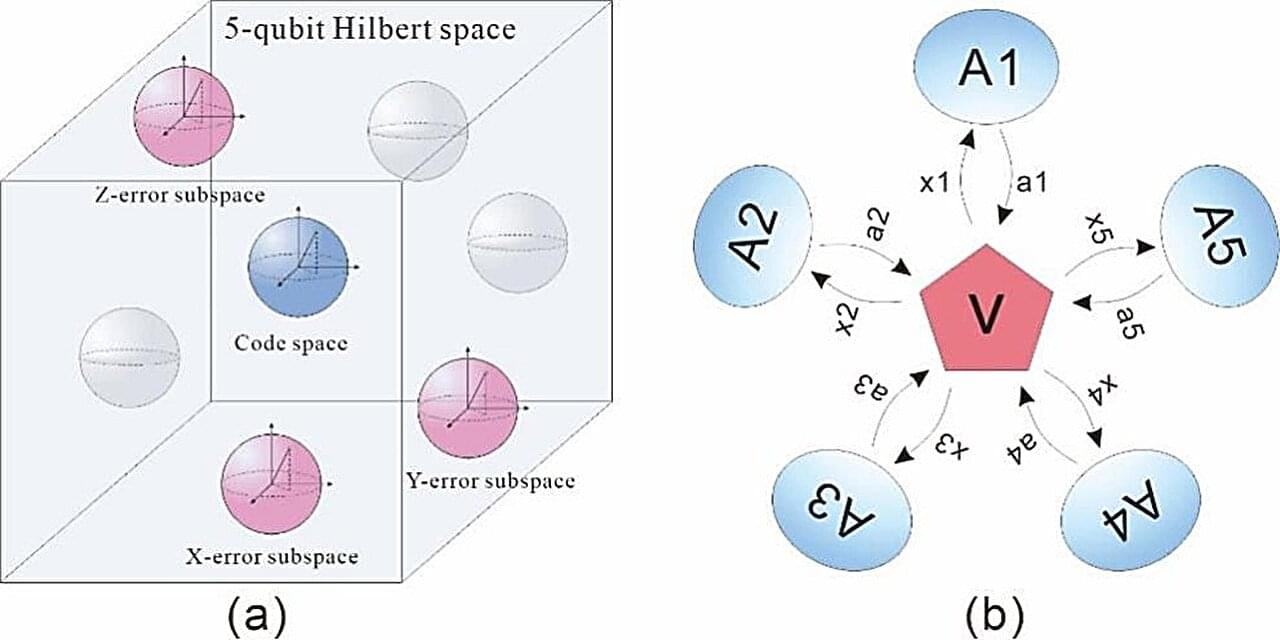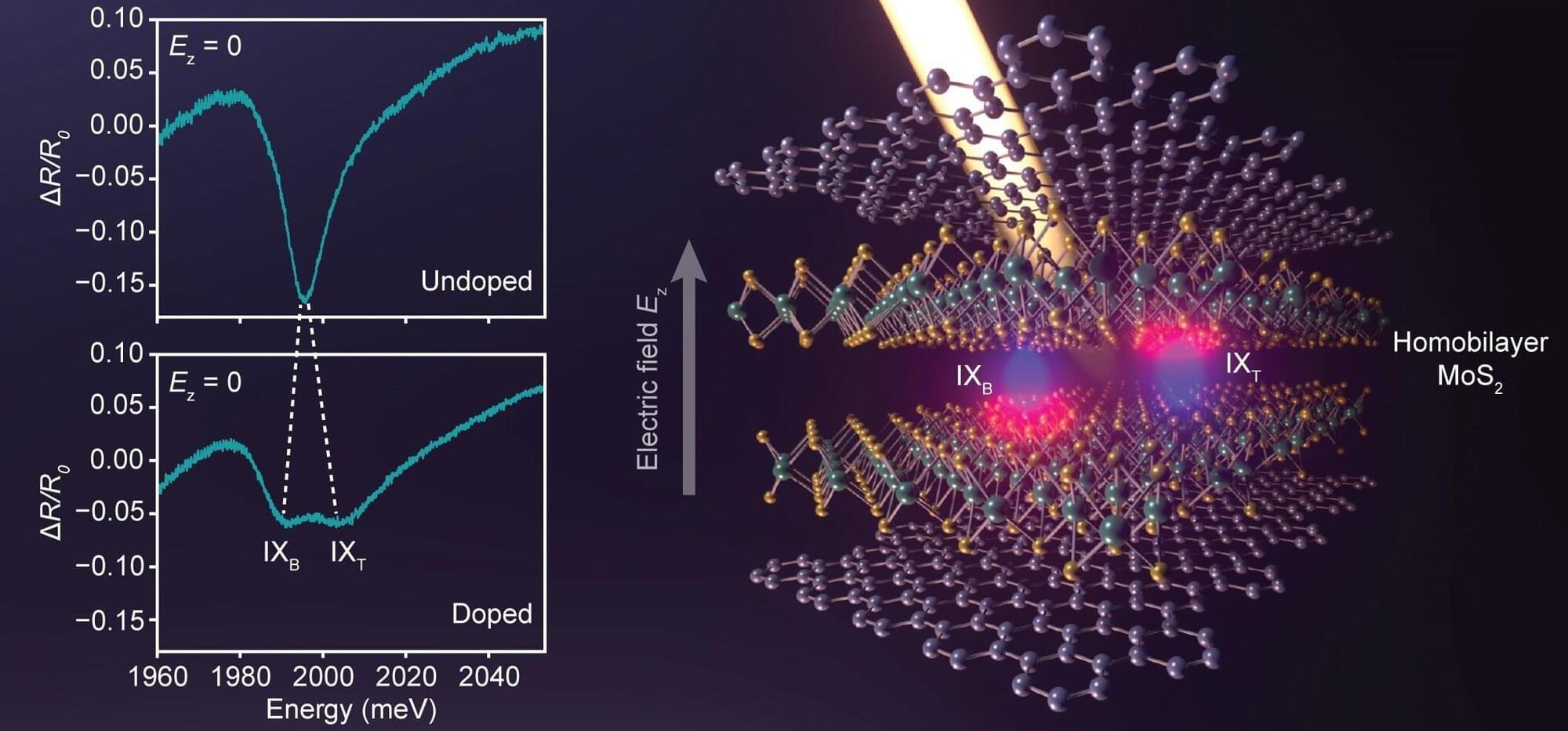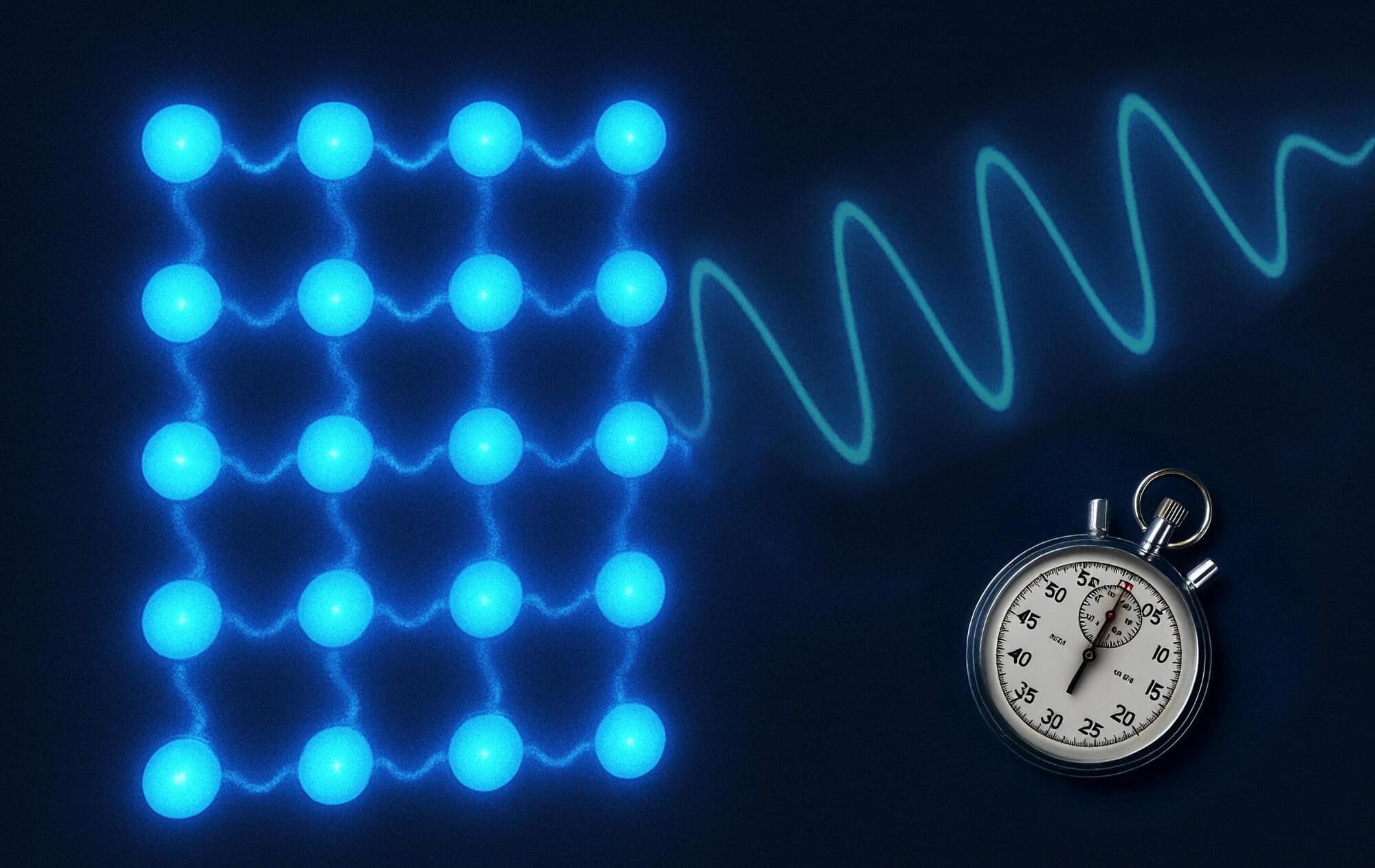Researchers have long faced a significant hurdle in the development of practical quantum devices: the requirement for ultra-cold environments to maintain



The quantum many body problem has been at the heart of much of theoretical and experimental physics over the past few decades. Even though we have understood the fundamental laws that govern the behavior of elementary particles for almost a century, the issue is that many interesting phenomena are the result of the complex collective behavior of many interacting quantum particles. In the words of condensed matter theorist Philip W. Anderson: “More is different.”
Since simulating models with this many degrees of freedom exactly is entirely intractable computationally, approximations such as perturbation theory have been widely used to gain insight into their behavior. However, this approach requires that the theory is close to non-interacting, which renders it unusable in many cases of physical interest.
More recently, an approach based on insights from quantum information theory has shown great promise for tackling these non-perturbative regimes. It was understood that the low-energy quantum states of local models display relatively little entanglement compared to generic quantum states, a feature that is exploited in tensor network methods.

In a study published in Reports on Progress in Physics, researchers have achieved device-independent characterization of genuinely entangled subspaces (GESs) in both optical and superconducting quantum systems, completing the self-checking of the five-qubit error correction code space.
In quantum information, genuinely multipartite entangled states require the existence of entanglement correlations between any two subsystems within the system. The GES constituted by the states has application value especially in designing quantum error-correcting codes. By encoding quantum information in the subspace, it can prevent error propagation caused by local decoherence.
Scientists have constructed a new Bell inequality based on the stabilizer code framework constructed, and the entangled subspace can be universally characterized by using it. Any quantum state (including mixed states) within this subspace could maximally violate this inequality, providing a theoretical basis for the self-testing of genuine entangled subspaces.

Quantum entanglement – once dismissed by Albert Einstein as “spooky action at a distance” – has long captured the public imagination and puzzled even seasoned scientists.
But for today’s quantum practitioners, the reality is rather more mundane: entanglement is a kind of connection between particles that is the quintessential feature of quantum computers.
Though these devices are still in their infancy, entanglement is what will allow them to do things classical computers cannot, such as better simulating natural quantum systems like molecules, pharmaceuticals, or catalysts.


The smaller electronic components become, the more complex their manufacture becomes. This has been a major problem for the chip industry for years. At TU Wien, researchers have now succeeded for the first time in manufacturing a silicon-germanium (SiGe) transistor using an alternative approach that will not only enable smaller dimensions in the future, but will also be faster, require less energy and function at extremely low temperatures, which is important for quantum chips.
The key trick lies in the oxide layer that insulates the semiconductor: it is doped and produces a long-range effect that extends into the semiconductor. The technology was developed by TU Wien (Vienna), JKU Linz and Bergakademie Freiberg. The results have now been published in the journal IEEE Electron Device Letters and selected as Editor’s Pick on the cover of the August issue.

Quantum technologies are systems that can compute data, sense their surrounding environment or perform other functions leveraging quantum mechanical effects. Connecting these technologies over long distances has so far proved challenging, as quantum information can easily become scrambled or destroyed following decoherence resulting from the systems’ interactions with their surrounding environment.
Over the past few years, quantum physicists and engineers have been trying to devise effective techniques to reliably establish quantum networks, infrastructures that allow quantum information to travel between different devices.
The realization of these networks requires so-called quantum relays, intermediate stations that can forward and redistribute entangled states, extending the distances across which devices can communicate.

Excitons, bound states between an electron (i.e., a negatively charged particle) and a hole (i.e., the absence of an electron) in materials, are a key focus of condensed matter physics studies. These bound states can give rise to interesting and uncommon quantum physical effects, which could be leveraged to develop optoelectronic and quantum technologies.
Over the past few years, physicists have observed a particular type of excitons, known as interlayer excitons, in various materials with two layers (i.e., bilayer materials). An interlayer exciton is a bound state between an electron and a hole that reside in two different layers of a material.
Researchers at Harvard University and other institutes recently observed an unconventional hybridization between interlayer excitons in a bilayer semiconductor, comprised of two layers of molybdenum disulfide (MoS₂).

The neutral atom array architecture for quantum computing has been rapidly advancing over the last several years, and a recent study published in Nature has just revealed another step forward for this technology. The team of Harvard researchers involved in this study have engineered a 3,000-qubit neutral atom array system capable of operating continuously for more than two hours, which goes far beyond typical trap lifetimes of only about 60 seconds.
Typically, neutral atom array systems arrange neutral atoms, like rubidium, in an array using highly focused laser beams, called optical tweezers. The individual atoms are arranged and held under vacuum conditions and then used as qubits to perform quantum computing and other operations. However, the procedure results in the loss of some atoms.
“An outstanding challenge associated with these systems involves atom loss, originating from errors in entangling operations, state-readout, and finite trap lifetime. Atom losses necessitate pulsed operation which limits the performance of these quantum systems, including the circuit depth of quantum computation, accuracy of atomic clocks, and the rate of entanglement generation in quantum networking protocols,” the study authors explain.

Nature has many rhythms: the seasons result from Earth’s movement around the sun, the ticking of a pendulum clock results from the oscillation of its pendulum. These phenomena can be understood with very simple equations. However, regular rhythms can also arise in a completely different way—by themselves, without an external clock, through the complex interaction of many particles. Instead of uniform disorder, a fixed rhythm emerges—this is referred to as a “time crystal.”
Calculations by TU Wien (Vienna) now show that such time crystals can also be generated in a completely different way than previously thought. The quantum physical correlations between the particles, which were previously thought to be harmful for the emergence of such phenomena, can actually stabilize time crystals. This is a surprising new insight into the quantum physics of many-particle systems.
The findings are published in the journal Physical Review Letters.